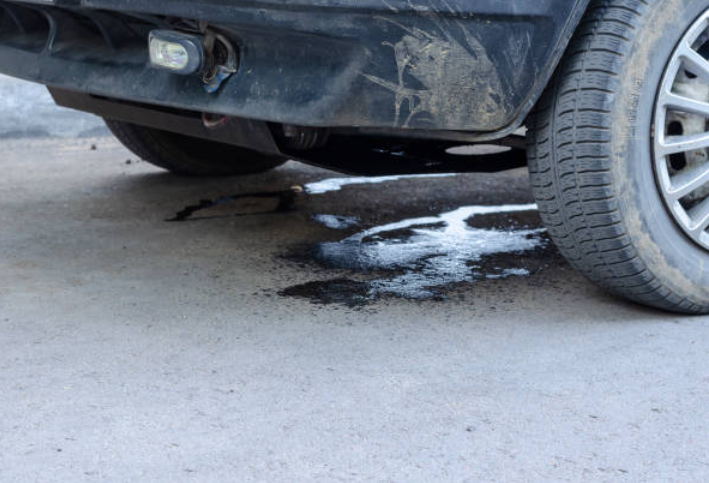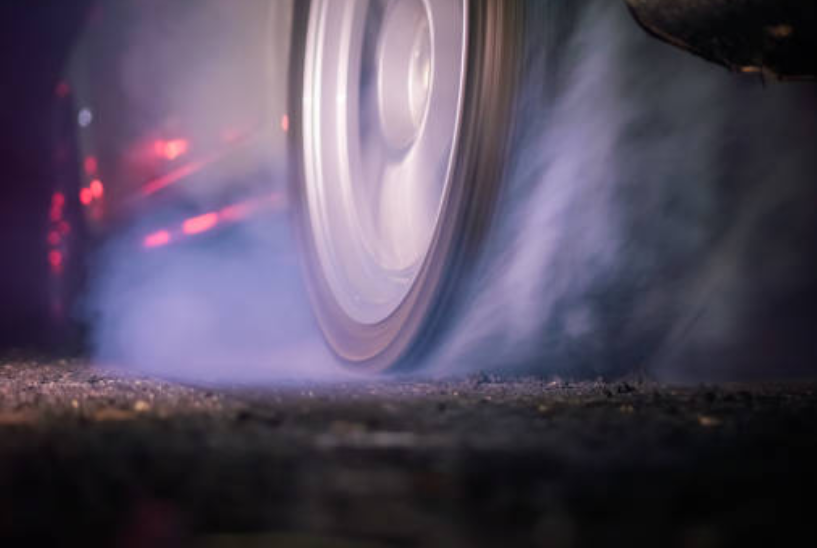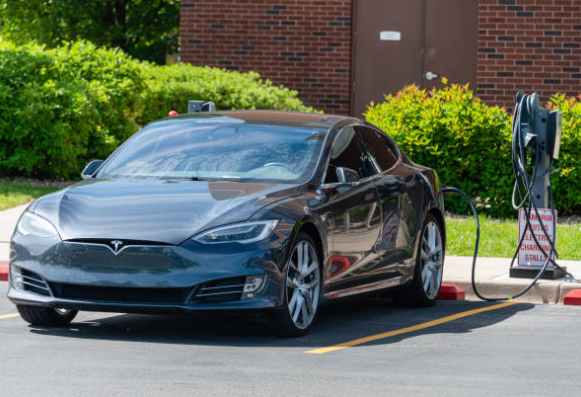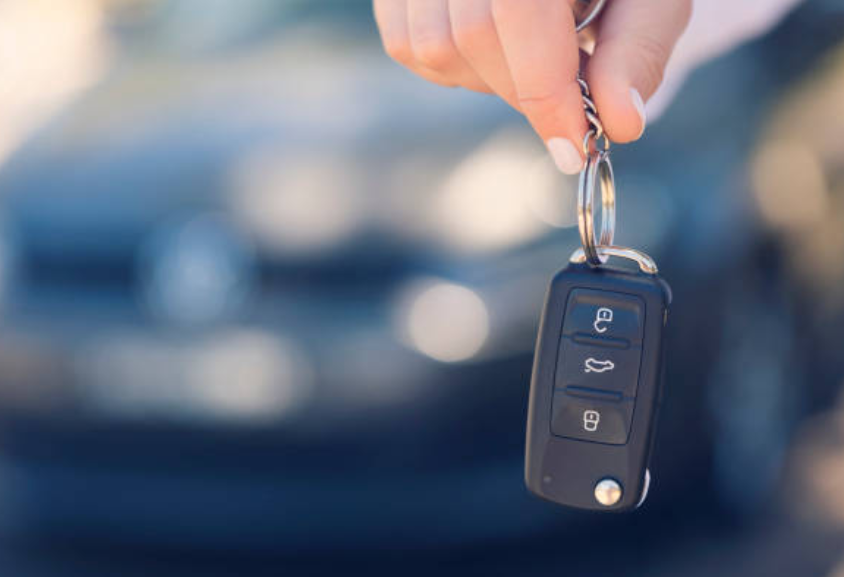Understanding the ABS Light On: Causes and Solutions
If you find yourself driving down the road and suddenly your dashboard alerts you with a bright warning light, chances are it’s your ABS (Anti-lock Braking System) light. This type of alert means that something in your braking system has malfunctioned and needs attention - but don't panic! Learning to identify the cause of the light will help you get back on track toward safe driving. In this blog post, we'll go into detail on what could be causing the ABS light to come on: common culprits, how they're diagnosed, and potential repairs. After reading this post, you’ll have a better understanding of why an “ABS” may be present on your vehicle's dashboard —and what action should taken next in order to ensure safety while operating your vehicle.

What Does the ABS Light Mean?
The ABS light, short for Anti-lock Braking System light, is a dashboard indicator that alerts drivers to potential issues with the ABS system. When the ABS light illuminates, it means that there may be a problem with the system that requires attention. This could be due to issues with the ABS sensors, a faulty ABS control module, low brake fluid levels, worn brake pads, or electrical problems within the ABS system. While the standard braking system should still function when the ABS light is on, it's important to have the issue diagnosed and repaired by a qualified mechanic to ensure the full functionality of the ABS system and maintain optimal braking performance. Always consult the vehicle's owner's manual for specific guidance related to the ABS light.
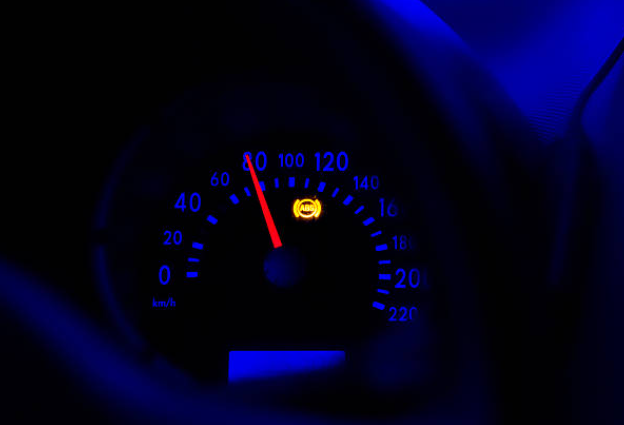
ABS Sensor Malfunction: A malfunctioning or damaged ABS sensor can trigger the ABS light. These sensors keep track of how quickly each tire rotates, and if they don't supply proper information, the ABS light can turn on.
Faulty ABS Control Module: The wheel sensors' signals are decoded by the ABS control module, which also regulates the braking system. The ABS light could continue to be lighted if the control module isn't operating properly.
Low Brake Fluid Level: The ABS light may turn on if there is not enough brake fluid in the reservoir. Low fluid levels might be a sign of a braking system leak or too much brake pad wear.
Worn Brake Pads: As brake pads wear down, the distance between the wheel speed sensors and the brake rotors changes. This difference in distance can trigger the ABS light.
Electrical Issues: Problems with the electrical connections, wiring, or connectors within the ABS system can disrupt the communication between components, leading to the illumination of the ABS light.
ABS Pump or Hydraulic Unit Failure: The ABS pump or hydraulic unit is responsible for modulating brake pressure during ABS activation. If it malfunctions, the ABS light may illuminate.
ABS Fuse or Relay Issue: A blown fuse or faulty relay in the ABS system can cause the ABS light to come on.
Diagnosing and troubleshooting an ABS light is crucial for maintaining the proper functioning of the vehicle's Anti-lock Braking System. Start by referring to the owner's manual for specific guidance. Check the brake fluid level and inspect the wheel speed sensors for damage or debris. Utilize a diagnostic scanner to retrieve ABS codes and identify the specific issue triggering the ABS light. Address ABS sensor issues by replacing any faulty sensors and ensuring proper installation. If the problem persists, have a qualified mechanic inspect the ABS control module, wiring, and connectors for potential faults. Clear ABS codes and test drive the vehicle to ensure the ABS light remains off and the system operates correctly. Seek professional assistance if uncertain or uncomfortable with the troubleshooting process to ensure accurate diagnosis and repair.
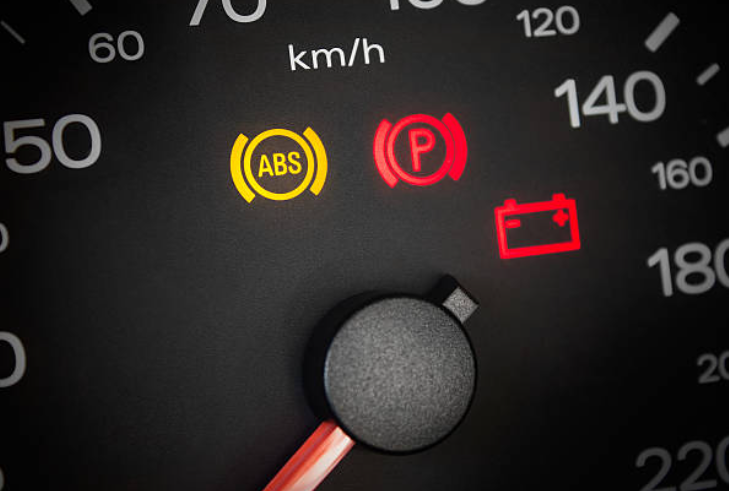
Preventative maintenance is essential for keeping your vehicle's ABS (Anti-lock Braking System) in good working condition and preventing ABS light issues. Regular brake inspections, including checking brake pads, rotors, and calipers, are crucial. Flushing and replacing brake fluid at recommended intervals helps maintain the ABS system's performance. Cleaning the wheel speed sensors, inspecting ABS wiring and connections, and practicing careful wheel and tire maintenance are important preventive measures. Seeking professional inspections when necessary and staying updated with software updates or recalls further contribute to ABS system health. By following these preventative maintenance practices, you can ensure the ABS system operates effectively, reduce the likelihood of ABS light problems, and promote safer braking on the road.
-
Can I reset the ABS light myself?
In rare circumstances, you may reset the ABS light by briefly removing the battery of the car or by utilizing a diagnostic tool. It's crucial to remember that turning the light back off will not resolve the problem that is causing the ABS light to appear. To guarantee good performance, a professional diagnosis and repair of the ABS system is advised.
-
Can I drive my vehicle without ABS?
You can use your car without ABS, of course. However, you must modify your driving technique to make up for the absence of anti-lock braking. To prevent wheel lock-up and keep control of the vehicle, maintain a safe following distance, steer clear of abrupt or forceful braking, and regulate your brake pressure.
See more article here: The 10 Best ATV Goggles For Off-Road Excursions


